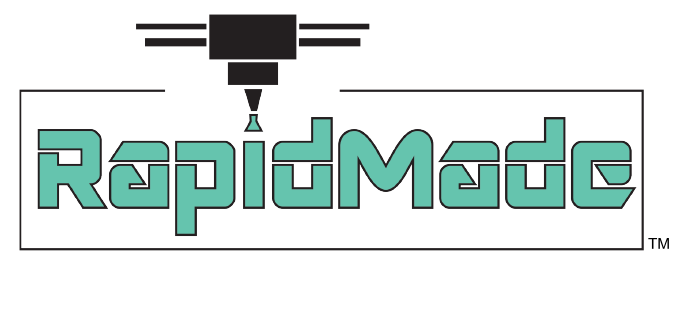Over the years, both business and consumer mindset has evolved – shifting towards practices and decisions that are more environmentally-conscious. From swapping plastic straws for paper ones to reducing waste, sustainable and eco-friendly operations are on the rise across industries – especially within the manufacturing space.
Sustainable manufacturing is the process of creating manufactured goods using economically sound methods and materials. Thus, decreasing a business’s carbon footprint and environmental impact.
With this surge in sustainable manufacturing practices comes a corresponding increase in the use of 3D printing methods. By partnering with a local, American-made 3D printer like RapidMade, manufacturers are not only participating in sustainable manufacturing methods by also reducing their carbon footprint by decreasing transportation exhaust from overseas manufacturers.
How 3D Printing is Impacting Sustainable Manufacturing
Is 3D printing the future of sustainable manufacturing? With the slew of benefits derived from utilizing 3D printing, many companies are shifting procedures to incorporate 3D printing into their methodology. Through the use of 3D printing, businesses can effectively minimize waste, reduce costs and increase efficiency. It’s a valuable tool in the process of being more environmentally conscious when manufacturing goods.
3D printing can be leveraged across virtually any industry – from medical supplies to automotive parts to everything in-between. With 3D printing, sustainable manufacturing is aided in its effort to make the production process more eco-friendly.
There’s a considerable reduction in scrap and part waste via 3D printing – showing a decrease of 70% to 90% when compared with traditional manufacturing methods.
In addition to reducing waste, 3D printing provides immense flexibility during the prototyping phase – allowing companies to tweak and refine designs digitally. Leveraging a digital application creates the bandwidth for engineers and designers to make mistakes and experiment with different features without having to waste materials. This process also reduces carbon dioxide output and allows manufacturers to increase their speed to market.
Manufacturing is Likely to Be a Blend
There are many occasions where 3D printing and traditional manufacturing can complement one another and is necessary for the production of a particular product. As 3D printing capabilities and technology evolves, however, the method will likely become a primary resource across industries.
The impact that sustainable manufacturing has had on 3D printing is evident in our services at RapidMade. With its cost-effective, eco-friendly, and speedy turnaround time, 3D printing has become a valuable solution for many.
Looking for parts or prototypes? Check out our free quote tool today to see how RapidMade can help bring your vision to life.

